Agenda - 2025
2025 Agenda
Wednesday, November 5th
3:30pm – 4:45pm
NCSC States Council Meeting
Missouri Meeting Room – Closed meeting for State and Authority Representatives
6:00pm – 8:00pm
Event Reception and Registration
Menu – Pasta Station, Slider Station, Hosted Bar with beer, wine, and soda

Thursday, November 6th
6:00am – 7:30am
Breakfast Buffet provided by Hilton
8:00 am
Conference Begins in Missouri Meeting Room
8:00am – 8:15am
Host Introduction

8:15am – 8:45am
A word from our Gold Meeting Sponsor
ACROW, our Gold Meeting Sponsor, will provide a presentation on industry relevant information from their company

845am – 10am – Keynote Presentation
Engineering in times of crisis
Francesco Russo PhD PE, Founder and Principal, Russo Structural Services.
The presentation highlights examples from the emergency response and repair of major steel bridges including the Sherman Minton Bridge in Louisville, KY, the PA NJ Turnpike Connector Bridge near Bristol, PA, and the Hernando De Soto Bridge in Memphis, TN. Each of these projects was an emergency response where engineers, NDT personnel, fabricators, and contractors were called upon to respond to a field emergency, each the result of an inspection finding. In the case of the Sherman Minton Bridge, a significant number of internal weld defects were found during an in-depth inspection and the project eventually grew in scope to an emergency closure and strengthening of the bridge. In the case of the PA NJ Turnpike Connector Bridge, a full fracture was discovered by a painting crew, leading to immediate closure, emergency inspection of hundreds of welds, and bridge repair. And for the Hernando De Soto Bridge, bridge inspectors discovered a partial fracture of the main tie girder carrying the main span over the Mississippi River. This required an immediate bridge closure, inspection of all similar welds in the bridge, and emergency repair. The engineering and construction challenges for these projects are highlighted. The collaboration of all parties was notable in restoring these critical lifeline bridges in record time.

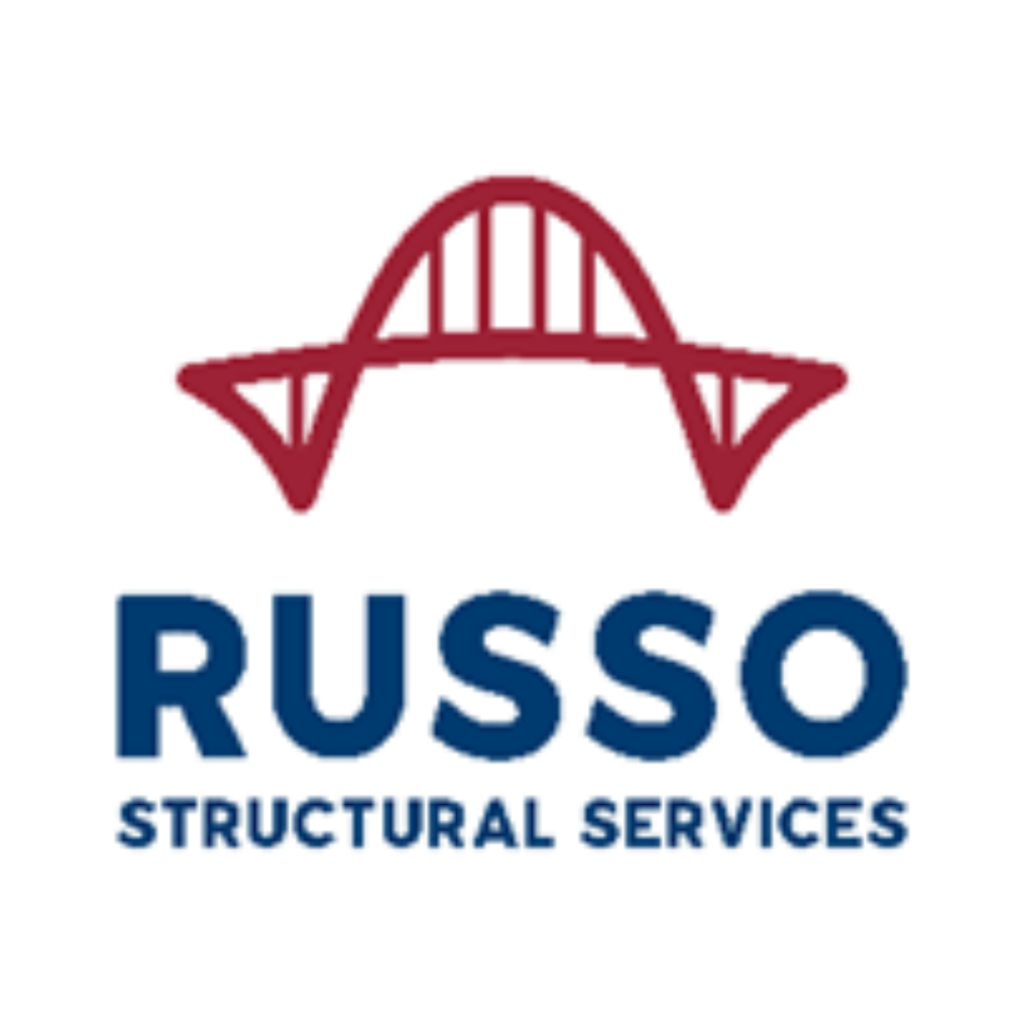
10:00am - 10:30am
Catered Morning Break and Networking Time
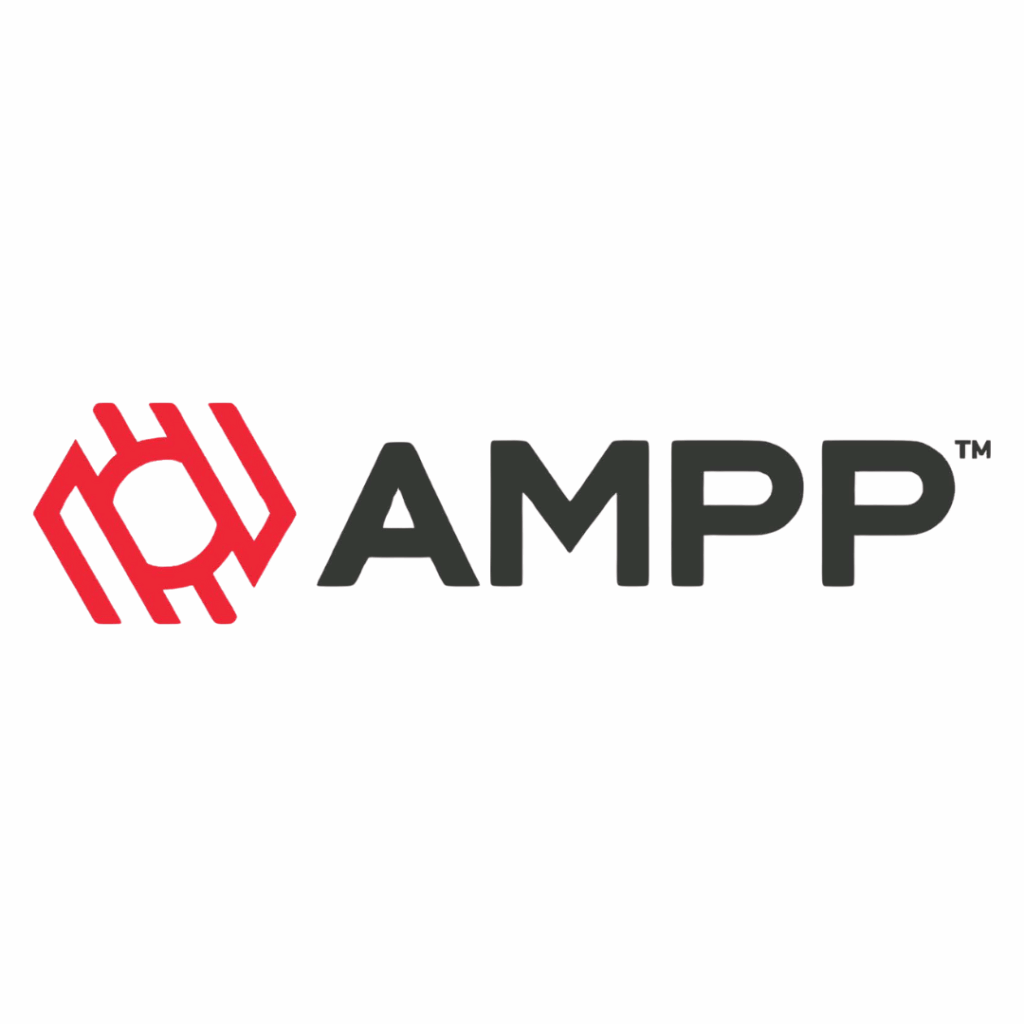
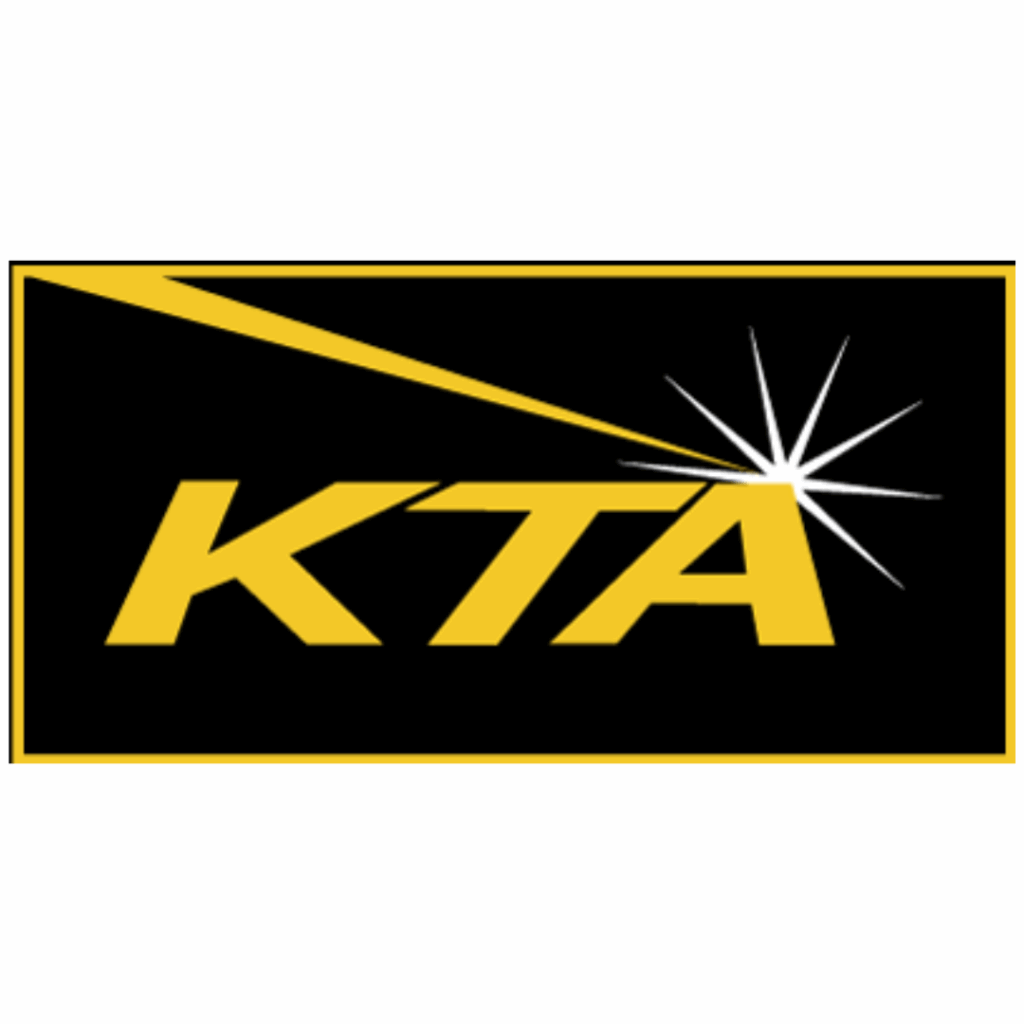
10:30am – 11:15am – Presentation
It's Time To Build In Quality Vs. Depending On Inspection
Terry Logan, Owner/Vice President, Atema / DOT Quality Services.
In structural steel, we depend on inspection AFTER a part is made to determine its acceptance. What’s really needed is a means to build in quality via a change in processes and procedures, to ensure part conformance during production. How many times have you heard these phrases immediately after parts are determined unacceptable: First, where was QC? Second, who was the operator and why did they do it (aka, it’s their fault)? This indicates the process depends on inspection to ensure quality after the parts are completed. This presentation will cover topics of when to inspect, and by who other than the inspector. It will also cover what to change within processes, and work instructions/procedures so dependence on inspection is eliminated.

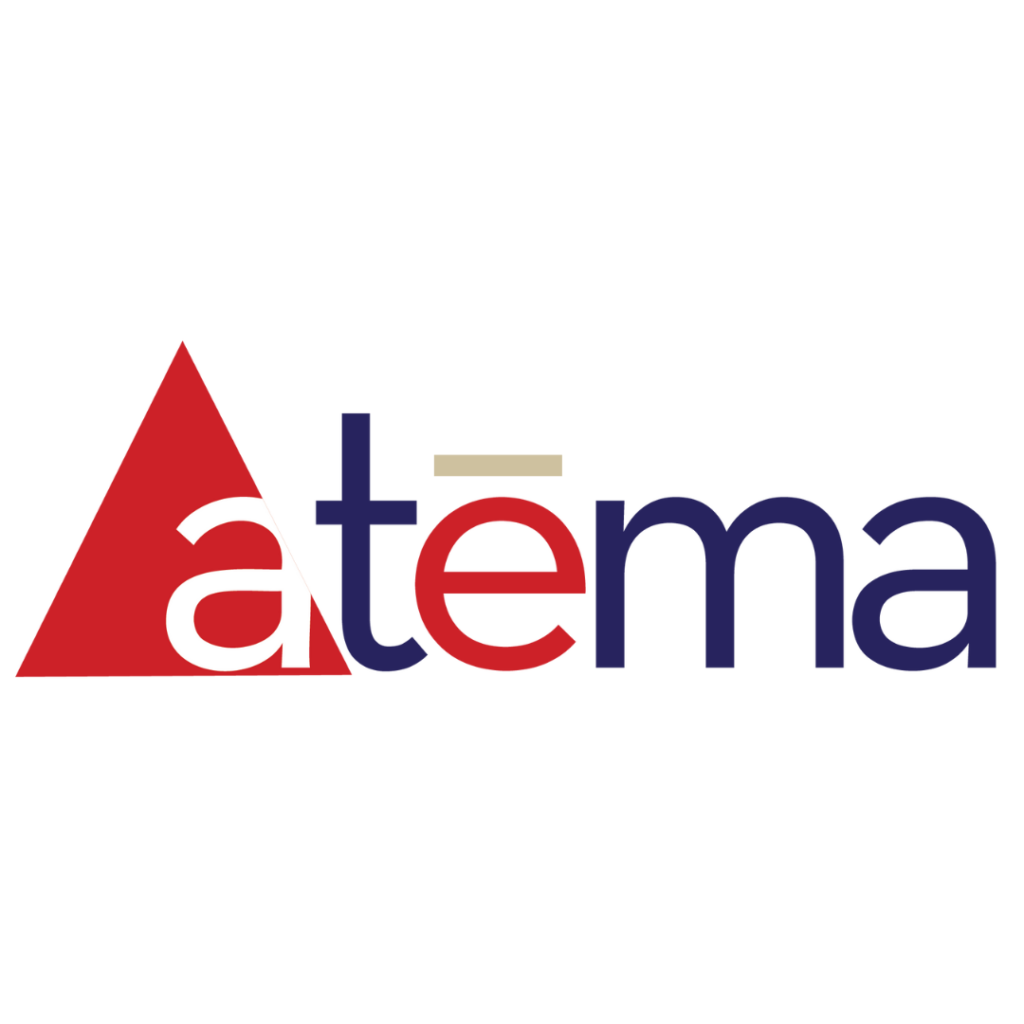
11:15am – 12:00pm – Presentation
Best Practices for Coating Galvanized Bridge Components
Michael Landers, Senior Contractor Accrediation Auditor, AMPP
Applying a protective coating over a galvanized surface, often referred to as a “duplex” coating system, presents unique challenges for both DOT specifiers, coating inspectors and contractors who do not have a lot of experience painting over galvanized steel. The presentation will be a review of key industry standards (AMPP and ASTM) and best surface preparation and protective coating application practices, as well as basic inspection points and material selection, that DOT Design Engineers must consider when specifying painting over galvanized steel bridges surfaces such as rolled beams, posts, mast arms, chords, etc.


12:00pm – 1:15pm
Catered Lunch and Networking Time
Menu – Salad, Grilled Salmon, Parmesan Encrusted Chicken, Vegetables, Rolls, Dessert, Coffee, Soda, Water
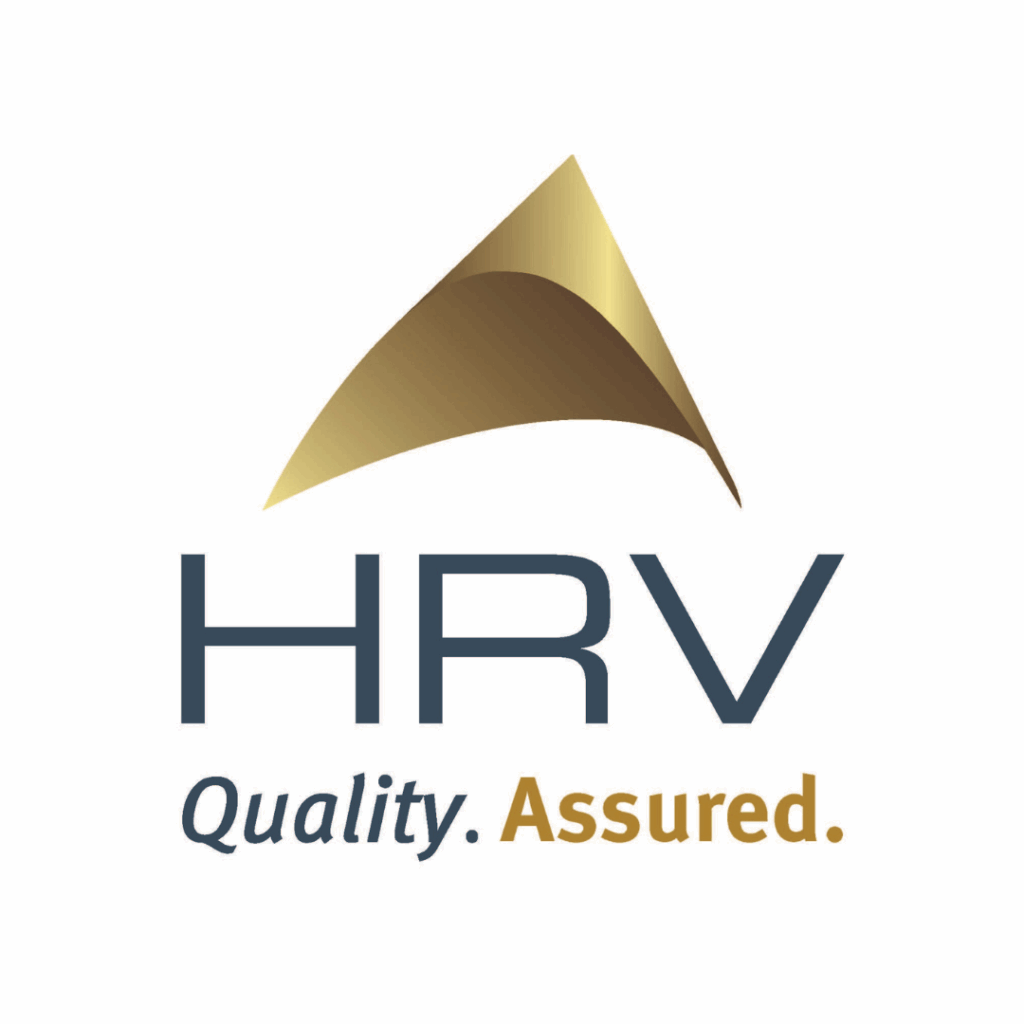


1:15pm – 2:00pm – Presentation
AISC Industry Updates: Workforce, Education, and Opportunities
Todd Alwood, Vice President Membership & Certification, American Institute of Steel Construction
Get up to speed on AISC’s latest iniatives supporting workforce development, education, and professional growth. This session highlights how the Workforce Development Program engaged students during SteelDays, showcasing new training videos from the
Fabricator Education Program, and shares details about the CAPS Program at NASCC, including how to particiapate and receive comped registration. Learn how these resources can benefit you, your team, and your company.

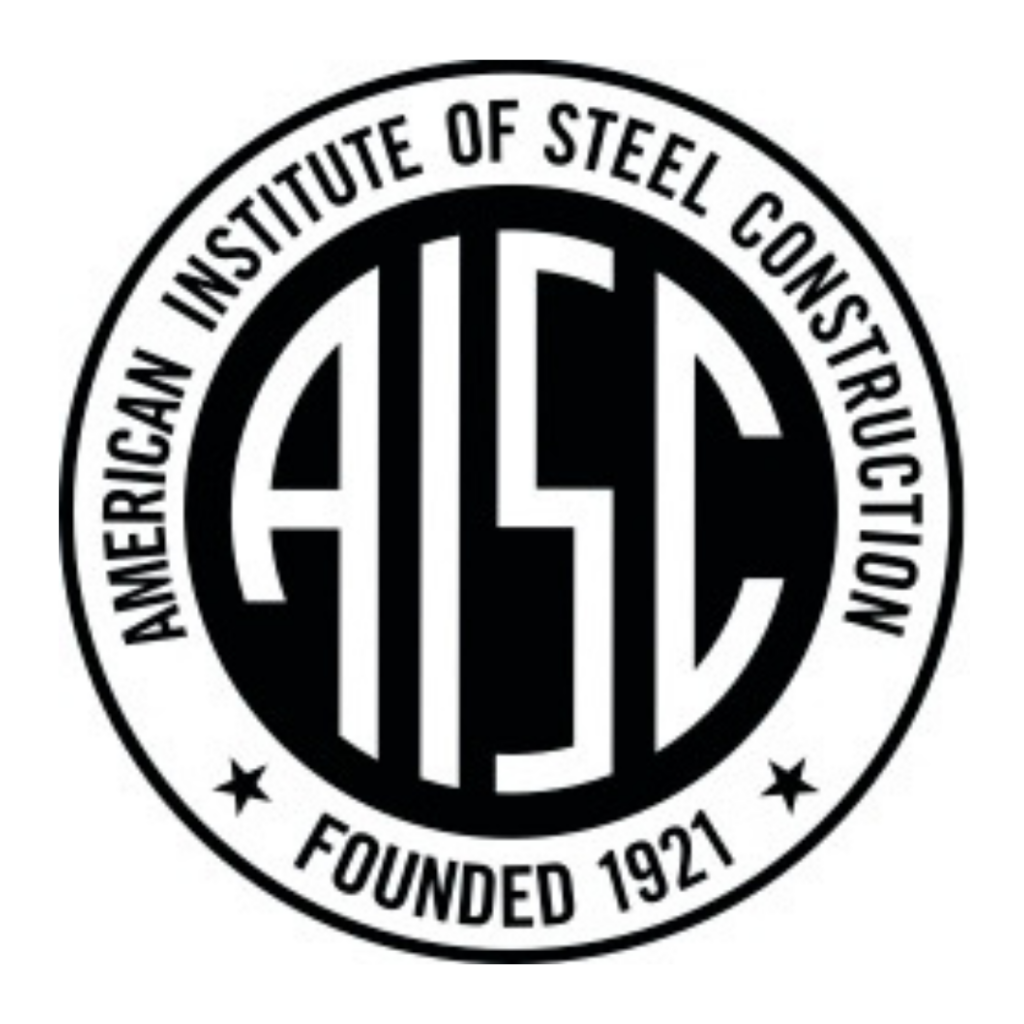
2:00pm – 3:00pm – Presentation
The Historical Bridge, English Center Bridge
Frank Artmont, Senior Engineer in the National Bridge Group of Modjeski and Masters, Inc
The English Center Bridge carrying State Route 4001 across Little Pine Creek in English Center, PA is a distinct example of an eyebar chain suspension bridge. Originally built in 1891 and placed on the National Register of Historic Places in 1978, the bridge was in a poor state and was posted for reduced loads. Working with the Pennsylvania Department of Transportation, Modjeski and Masters developed a feasibility report and ultimately a design for rehabilitating the bridge in accordance with sound bridge engineering practice and historical guidelines. The bridge has been completely disassembled, with components either rehabilitated or replaced, and reassembled on the same alignment. This presentation will cover the design and construction of the rehabilitated structur.
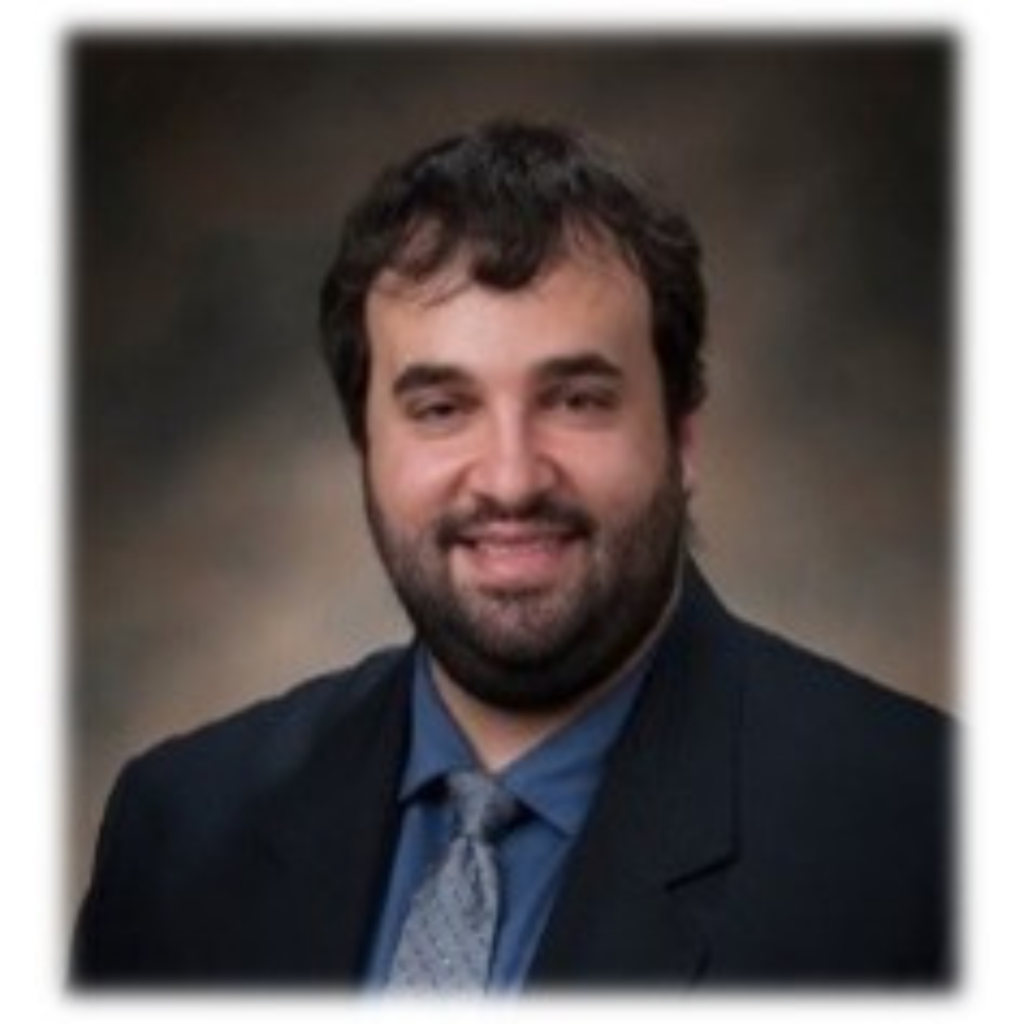

3:00pm – 3:30pm
Catered Afternoon Break and Networking Time
Menu - Cookies, Trail Mix, Milk, Coffee, Tea,/Soda, Water

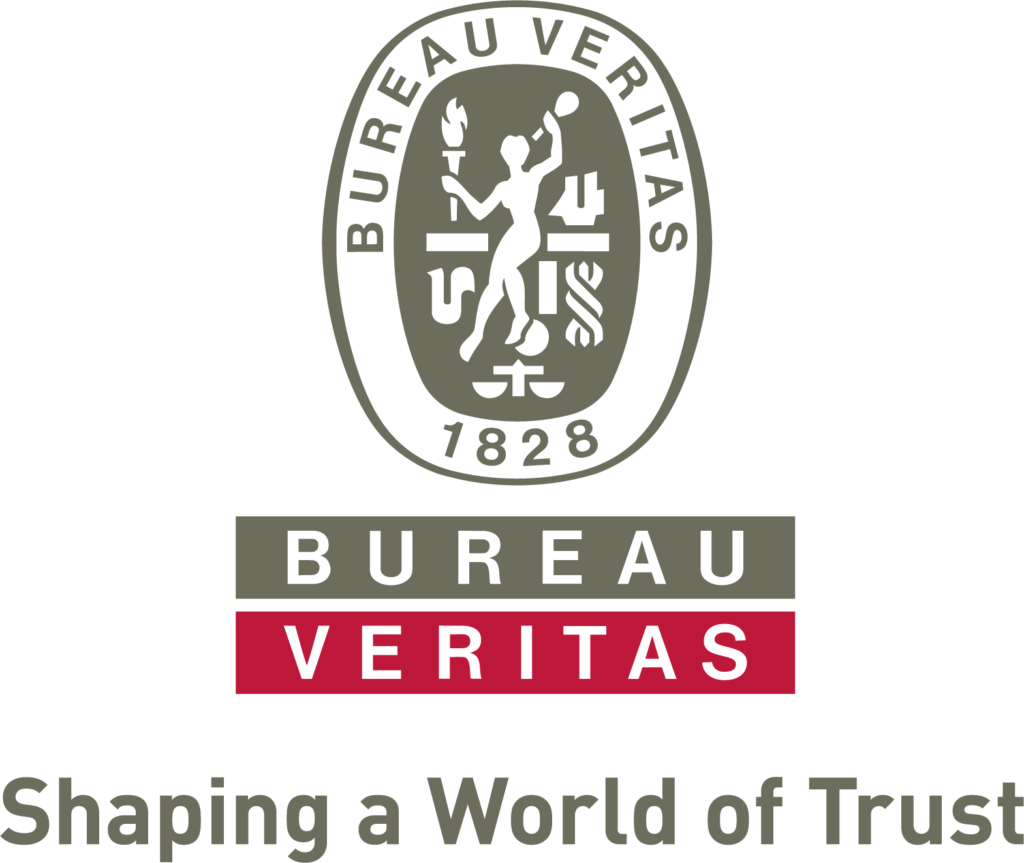
3:30pm – 4:30pm – Presentation
Steel Bridges and Resilience: Engineering the Future of Infrastructure
Dr. Michael Barker, University of Wyoming, Director of Education, SSSBA
Across the United States, disasters of greater intensity, duration, and frequency are taking a toll on communities of every size. In 2024 alone, the American Society of Civil Engineers (ASCE) reported 27 extreme weather events that resulted in 568 deaths and over $182 billion in damages. In addition to tragic losses of life and property, these disasters severely impact public infrastructure—including the thousands of short span bridges that serve as critical lifelines in state and county-managed networks

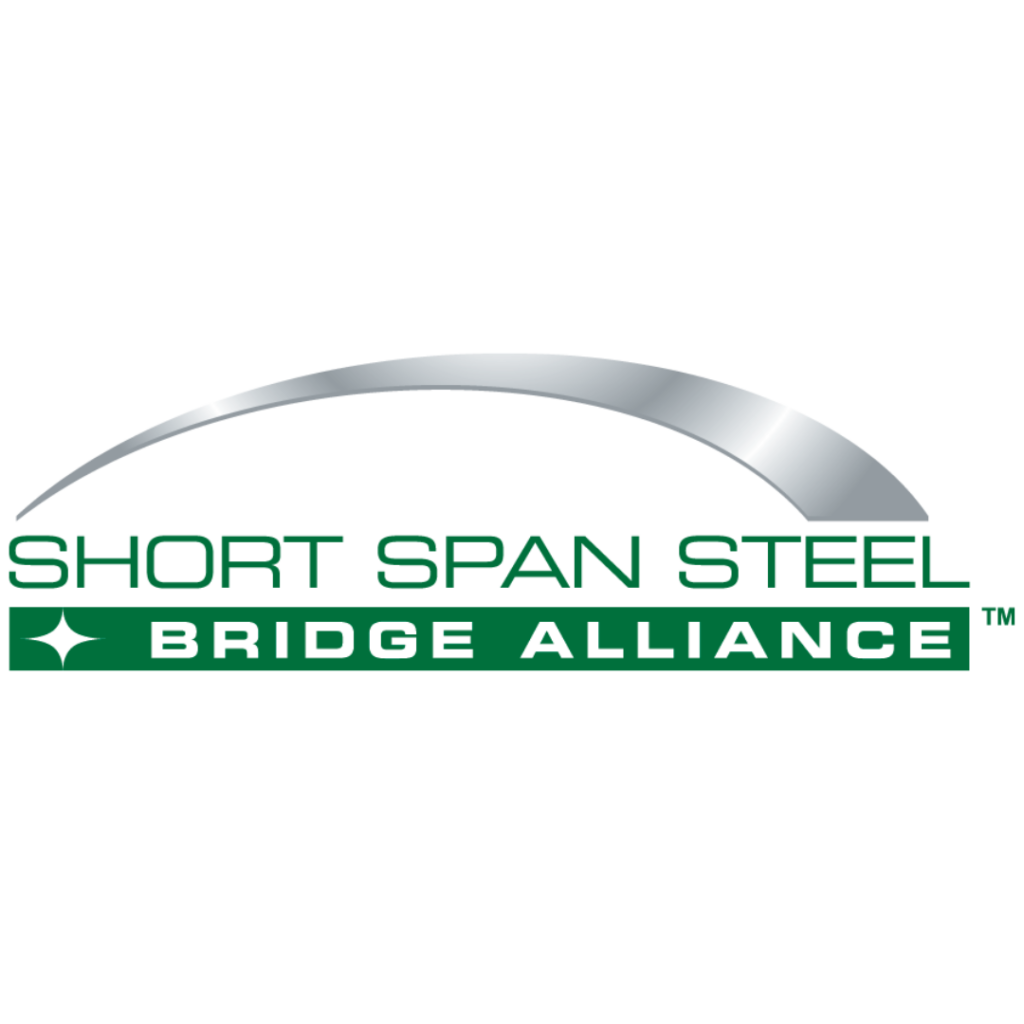
Friday, November 7th
6:30am – 7:30am
Breakfast Buffet provided by Hilton
Hotel Breakfast Area - Complimentary breakfast buffet provided by Embassy Suites by Hilton Omaha Downtown
8:30am – 8:45am
Time to take a fresh look at assessing fabricator/owner compatibility
Jim Callahan, Director of Technical Services and Development, DOTQS


8:45 – 9:45am – Presentation
Repair and Restoration of two historic bascule bridges
Illinois DOT is completing restoration work on 2 bascule bridges in Joliet, Cass St. and Brandon Rd., two bridges built in the 1920s and rehabilitated in the 1980s. This presentation will discuss issues with existing materials not covered by
current codes, shop drawing challenges due to measurements from the 1920 plans, and issues from the 1980’s reconstruction with “build-to-fit” modifications.


9:45 – 10:15am – Presentation
Replacing and installing bridge joints - quality time in contract review is key!
Wayne Halstead, Shop Plans and Steel Fabrication Unit Chief, Illinois Department of Transportation
Wayne will start a discussion on what other states are doing to ensure the fit of both modular joints and finger plate joints in the field. Two situations will start this discussion. One is a replacement of a finger joint plate joint in an existing bridge. The second is a general issue of how modulars fit in the field and steel beams suffer a less thorough contract review.


10:15am - 10:45am
Catered Morning Break and Networking Time
Menu - Sliced fresh fruit, breakfast breads, juice, water, tea, and coffee.


10:45am – 11:30am – Presentation
Combined Method Of Pre-Tensioning
Chad Larson, Senior Bolting Officer LeJeune Bolt Company
The combined method of pretensioning has been approved in the latest editions of the RCSC Specification for Structural Joints Using High-Strength Bolts and the AISC Specification for Structural Steel Buildings. Learn about the history and concepts behind the new pretensioning method, how it differs from existing practices, and most importantly, how it improves upon them. We’ll take a deep dive into the science of the combined method, demonstrate how it can improve reliability, and how it brings quality and efficiency to bolting. And we’ll peek at what bolting might look like in the next 5 years.


11:30am - 12:00pm
Future Work!
States and Agencies discuss their future lettings and project plans
12:00pm
Closing Remarks
Anna Petroski, President, DOT Quality Service

